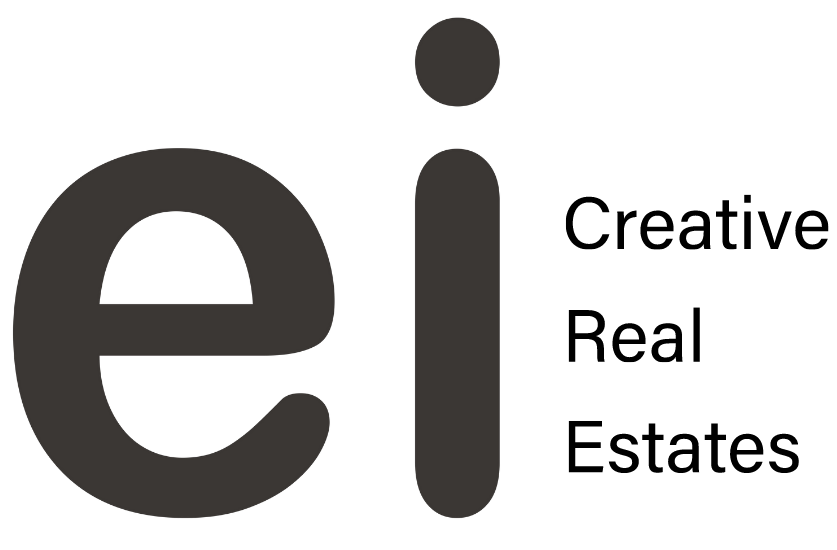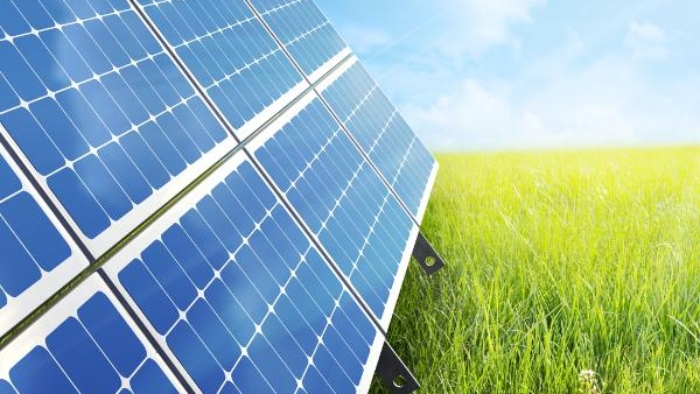The Economics of Sustainability: Long-Term Benefits of Investing in Sustainable Villas
The economics of sustainability refers to the economic principles and practices related to environmental conservation, social well-being, and long-term resource management. It involves understanding the costs and benefits of sustainable practices, assessing their impacts on economies, and finding ways to balance economic growth with environmental and social considerations.
Sustainability involves making choices that balance short-term costs with long-term benefits. The economic feasibility of sustainable projects or policies can be evaluated using cost-benefit analysis by comparing the costs of implementation with the potential benefits, which may include reduced environmental degradation, improved public health, and increased social equity. Unsustainable practices often generate negative externalities, such as pollution or resource depletion, which can have adverse economic impacts in the long run. Sustainable practices aim to internalize these externalities, ensuring that the true costs and benefits are accounted for.
Sustainable practices can drive innovation and the development of new technologies, products, and services. This can lead to economic growth by creating new markets, generating jobs in emerging industries (e.g., renewable energy), and enhancing competitiveness on a global scale. Efficient use of resources, such as energy, water, and raw materials, can lead to cost reductions for businesses and households. For instance, energy-efficient buildings and processes can result in lower operating costs over time. Sustainability follows a circular economy model that promotes the idea of reducing waste and maximizing the use of resources by designing products for longevity, repairability, and recycling.
The economics of sustainability considers social well-being and equity. Sustainable practices often prioritize fair labor practices, community engagement, and reducing income inequality, which can lead to more stable and inclusive economies. Prioritizing sustainability can contribute to long-term economic stability by ensuring that resources are available for future generations and reducing the risks associated with ecological disruptions.
Governments can influence the economics of sustainability through regulations, incentives, and taxes. Policies that promote sustainable practices, such as subsidies for renewable energy or carbon pricing, can shape economic behaviour and encourage businesses to adopt more environmentally friendly approaches. Increasingly, consumers are considering sustainability factors when making purchasing decisions. This can create market demand for environmentally friendly products and services, influencing businesses to adopt more sustainable practices.
The economics of sustainable villas
While we have discussed in length how sustainability can be economically beneficial in various ways, you have to be mindful of the fact that the extent of these benefits may depend on factors such as the specific context, the strategies adopted, and the time horizon considered. Within the context of building a home for yourself, what can you as a consumer do to make sustainability economically beneficial for you? Does the answer lie in sustainable villas?
Investing in sustainable villas can offer a range of long-term benefits that encompass environmental, economic, social, and even personal aspects. We have outlined some of the key long-term benefits of such investments below in an easy-to-read way:
Environmental Benefits:
o Reduced Carbon Footprint: Sustainable villas are designed to minimize energy consumption and greenhouse gas emissions. By incorporating renewable energy sources like solar panels and efficient insulation, these homes contribute to mitigating climate change.
o Resource Conservation: Sustainable villas often incorporate water-saving technologies and efficient plumbing systems, leading to reduced water consumption. Additionally, sustainable landscaping practices can minimize water usage for outdoor spaces.
o Biodiversity and Ecosystem Preservation: Sustainable villa designs can include features like green roofs, native plant landscaping, and wildlife habitats. These elements help preserve local ecosystems, support biodiversity, and create more resilient natural environments.
Economic Benefits:
o Energy and Cost Savings: Over time, sustainable villas can result in significant energy savings due to efficient heating, cooling, lighting, and appliances. Lower energy bills contribute to reduced operating costs for homeowners.
o Increased Property Value: As sustainability becomes more important to buyers, properties with sustainable features often have higher resale values. Green certifications, such as LEED or ENERGY STAR, can enhance a villa’s market appeal and value.
o Future-Proofing Investments: Sustainable villas are built with a long-term perspective, considering factors like climate resilience and changing regulations. This can protect the investment from potential risks associated with environmental changes.
Social Benefits:
o Health and Well-being: Sustainable villas prioritize indoor air quality and comfort. Improved ventilation systems and non-toxic building materials contribute to healthier living environments for residents.
o Community Engagement: Sustainable developments often promote community engagement through shared green spaces, community gardens, and other amenities that encourage social interaction.
o Education and Awareness: Living in a sustainable villa can raise awareness about environmentally friendly practices among residents, potentially influencing broader lifestyle choices.
Personal Benefits:
o Quality of Life: Sustainable villas offer improved living conditions due to better air quality, temperature regulation, and overall comfort. Residents may experience higher quality of life and well-being.
o Sense of Purpose: Investing in sustainability aligns with personal values and a sense of responsibility towards the environment. It can provide a sense of purpose and contribute to a positive legacy.
Innovation and Technological Advancements:
o Technological Integration: Sustainable villas often incorporate cutting-edge technologies, such as smart home systems that optimize energy use, security, and comfort.
o Contributions to Research: Sustainable villas can serve as showcases for innovative technologies and design concepts. They contribute to research and development in sustainable building practices.
It is important to note that while sustainability offers these potential economic benefits, the transition to more sustainable practices may also involve upfront costs, challenges, and trade-offs. However, numerous success stories and case studies demonstrate that a well-planned and strategic approach to sustainability can indeed lead to positive economic outcomes over the long term.
Share this blog now
Recent Posts
- The Psychology of Sustainable Spaces: How Green Design Affects Mental Health
- Integrating Biodiversity and Landscape with the Architect’s Design: Winterlake
- Creating an Edible Forest in Your Backyard: The Wonders of Tropical Food Forests
- The Resurgence of Vernacular Architecture in Sustainable Design
- Sustainable Luxury: How Eco-Friendly Villas Redefine High-End Accommodation


